However, along with increased life expectancy comes an increase in chronic diseases; in which, osteoporosis and joint pain directly affect the quality of life and working ability of patients.
Many studies show that people with HIV are 2-3 times more likely to develop osteoporosis than those who are not infected. The causes come from many sides: the HIV virus itself causes chronic inflammation that silently damages bone tissue; side effects of some ARV drugs - especially Tenofovir disoproxil fumarate (TDF) - a common drug in the current first-line regimen in Vietnam. In addition, factors such as a diet low in calcium, lack of Vitamin D, a sedentary lifestyle, smoking, drinking alcohol, etc. further accelerate bone loss. Notably, in Dak Lak , most HIV patients are manual laborers, living in remote areas, with difficulty accessing screening and prevention services for bone and joint diseases.
Doctor consulting with HIV infected person. Illustration: Kim Oanh |
According to statistics from the Provincial Center for Disease Control, as of May 23, 2025, the whole province had 842 patients (823 adults and 19 children) receiving ARV treatment at medical facilities. Of which, through periodic examinations, more than 40% of patients reported having bone and joint pain, mainly in the back, knees and shoulders. Notably, nearly 10% of patients had their bone density measured (DEXA: Dual Energy X-ray Absorptiometry - a method using X-rays to measure the amount of calcium and other minerals in bones) showing moderate to severe bone density loss - an early sign of osteoporosis. However, most patients are not aware of the cause, arbitrarily buy painkillers or use oriental medicine of unknown origin, which can easily cause adverse interactions with ARV drugs or hide symptoms.
Preventing osteoporosis should start with simple actions that are appropriate to the conditions of HIV patients. First of all, it is necessary to increase communication and counseling about the risk of osteoporosis, helping patients understand that pain is not only a sign of aging or heavy labor but can also be a complication of HIV and ARV treatment.
In addition, it is necessary to increase calcium-rich foods, sunbathe in the early morning to increase Vitamin D synthesis, reduce alcohol and tobacco, and maintain light exercise such as walking, gardening or yoga.
For high-risk patients (over 50 years old, frail, on ARV treatment for over 5 years), bone density should be measured periodically or bone function tests should be performed if possible. In some cases, a change in regimen may be considered, for example, replacing Tenofovir with a drug that has less impact on bones. When prescribed by a doctor, patients should be supplemented with calcium, vitamin D or specialized osteoporosis medications.
Currently, health insurance does not fully cover the cost of regular osteoporosis screening services for HIV-infected patients. Therefore, it is necessary to integrate this service into basic health care packages at the grassroots level, especially in remote areas such as Dak Lak. At the same time, it is necessary to strengthen training for HIV treatment staff on early detection and treatment of bone and joint diseases. HIV treatment facilities should consider bone and joint screening as an essential part of comprehensive care, proactively include osteoporosis prevention and control counseling in regular check-ups or monthly ARV drug distribution. For patients who do not have health insurance cards, there should be a policy to support reasonable bone density measurement costs to help them avoid being missed during screening.
Osteoporosis does not cause immediate death but silently reduces the quality of life, increases the risk of fractures, disability and dependence. Prevention and control of osteoporosis in people with HIV is not only the responsibility of the treating physician but requires interdisciplinary coordination: from nutrition, rehabilitation, primary health care to financial and insurance policies.
Source: https://baodaklak.vn/xa-hoi/202506/loang-xuong-moi-nguy-tham-lang-o-nguoi-nhiem-hiv-e5211a3/


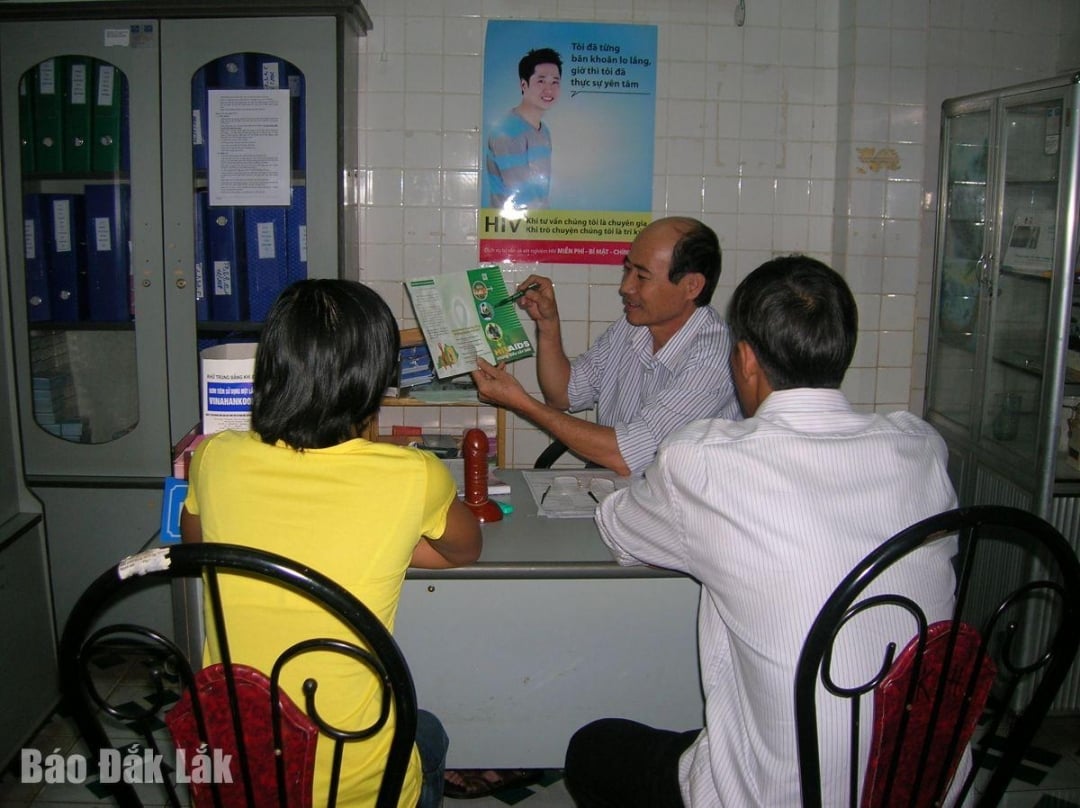




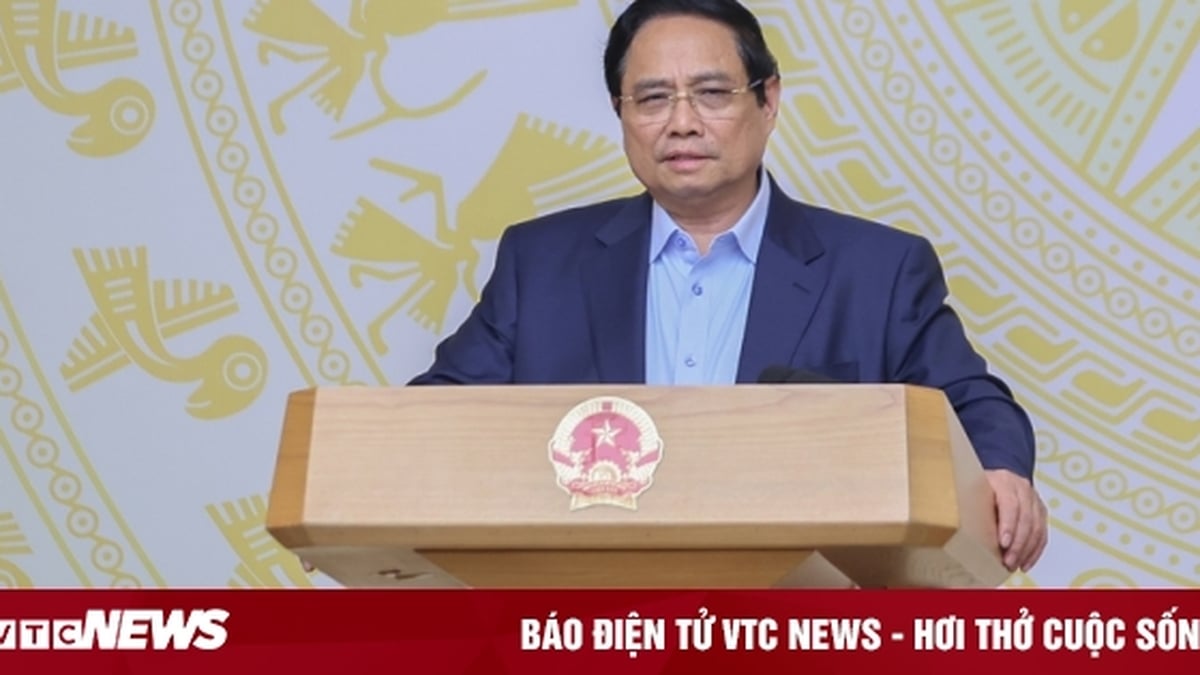
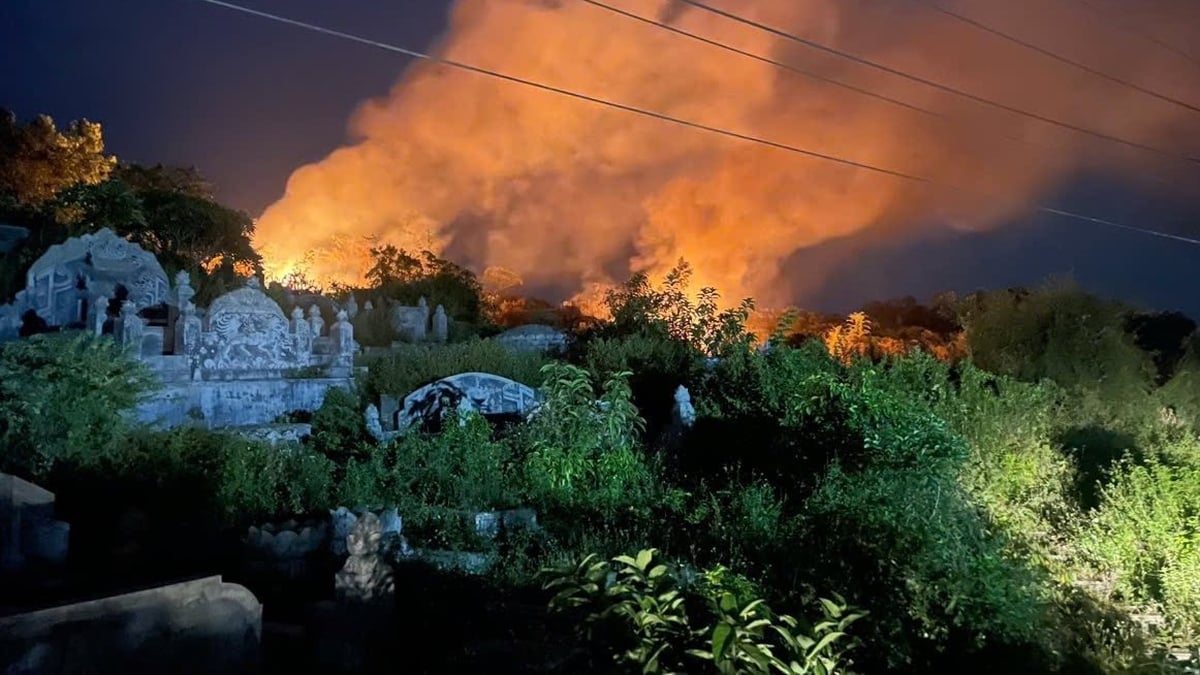
















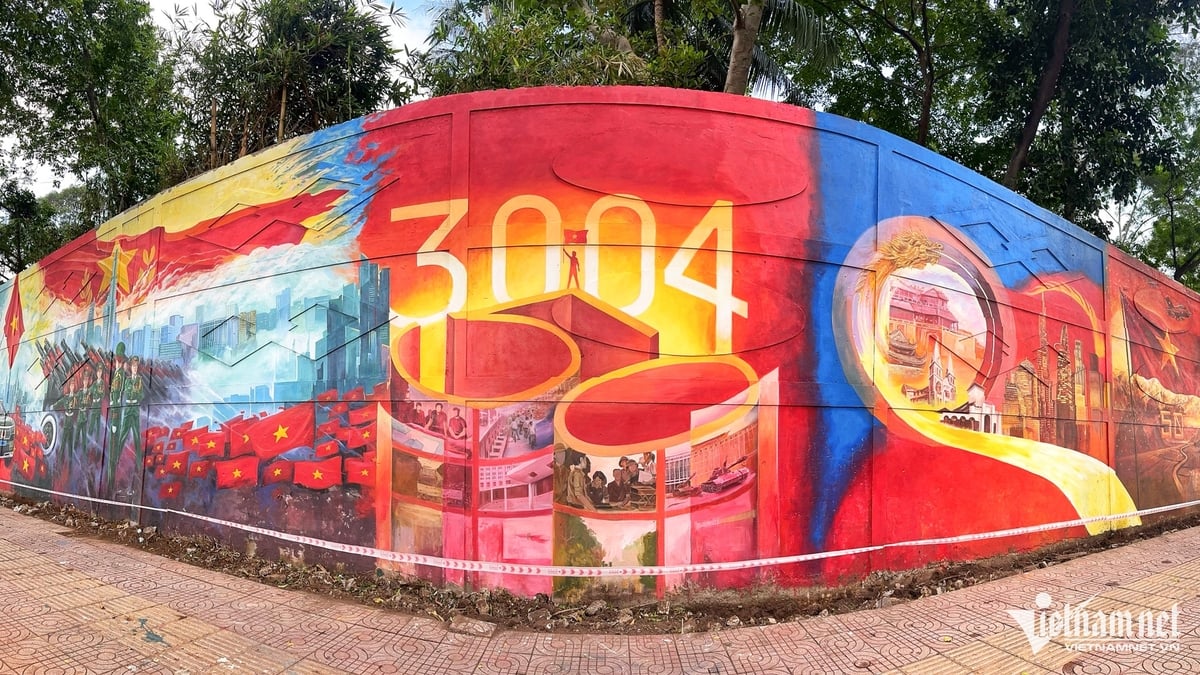





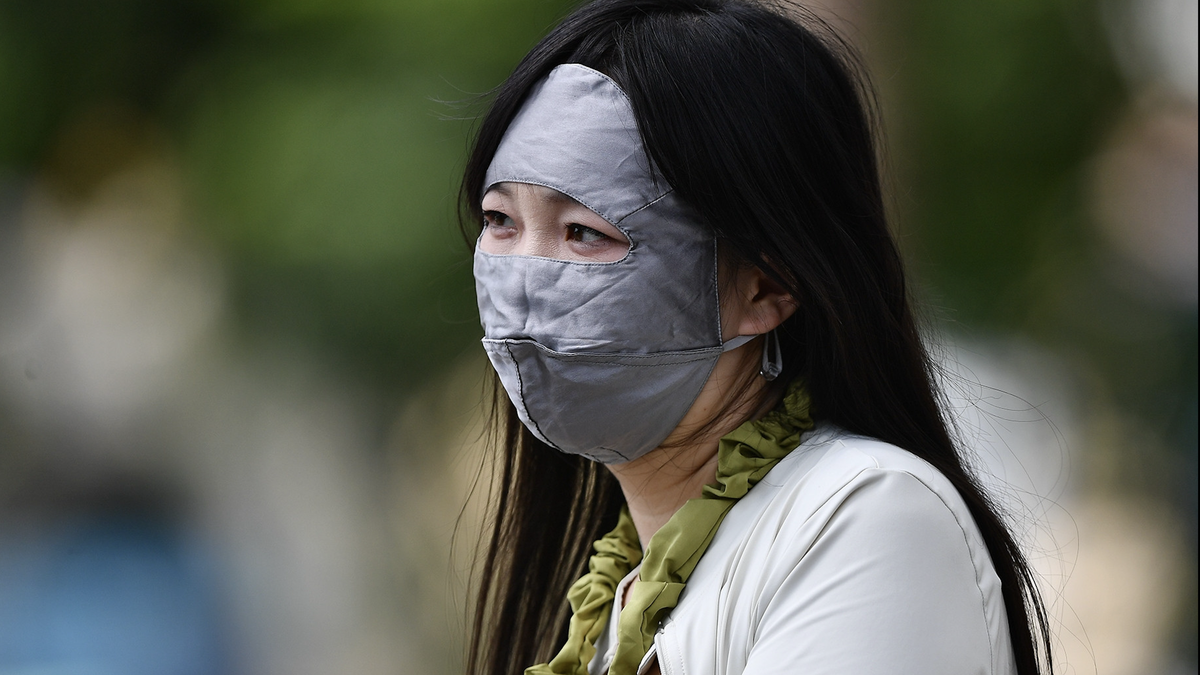







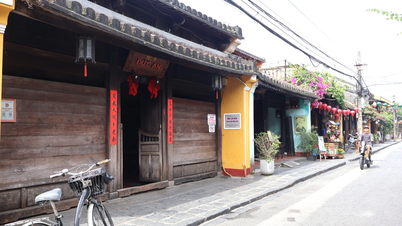

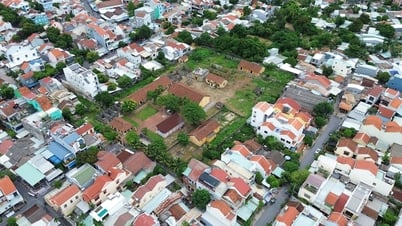

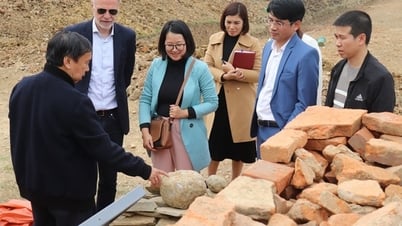










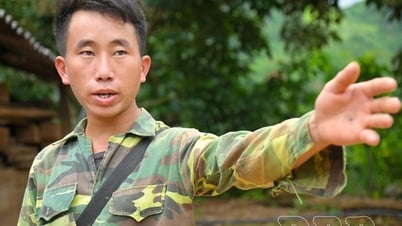

![[Maritime News] Two Evergreen ships in a row: More than 50 containers fell into the sea](https://vphoto.vietnam.vn/thumb/402x226/vietnam/resource/IMAGE/2025/8/4/7c4aab5ced9d4b0e893092ffc2be8327)








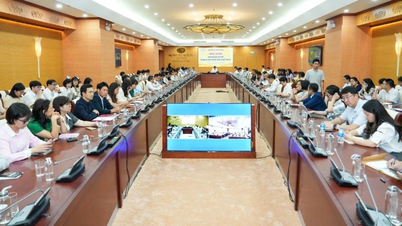

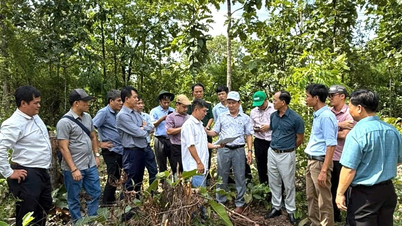

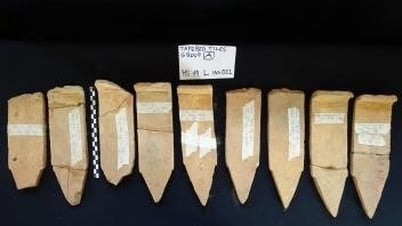






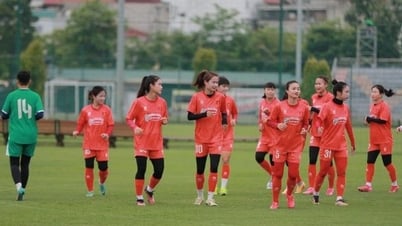
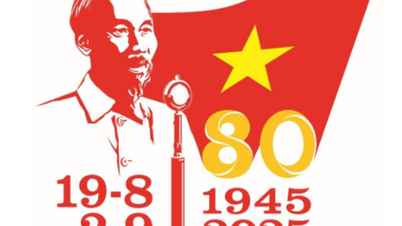

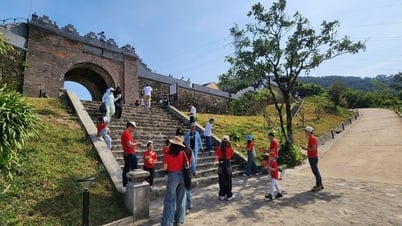


















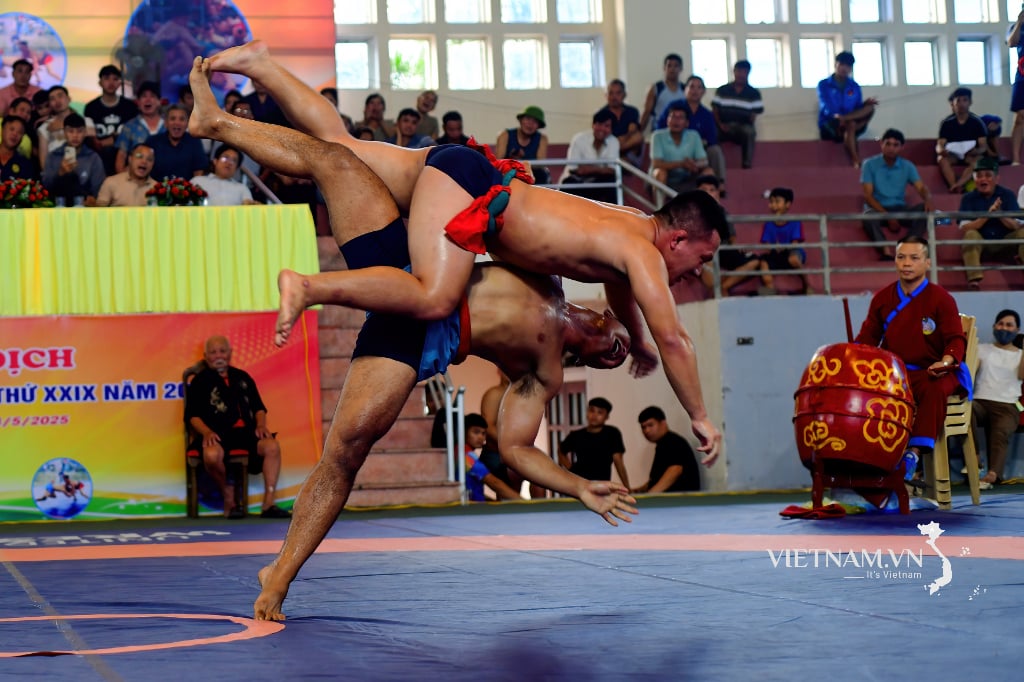
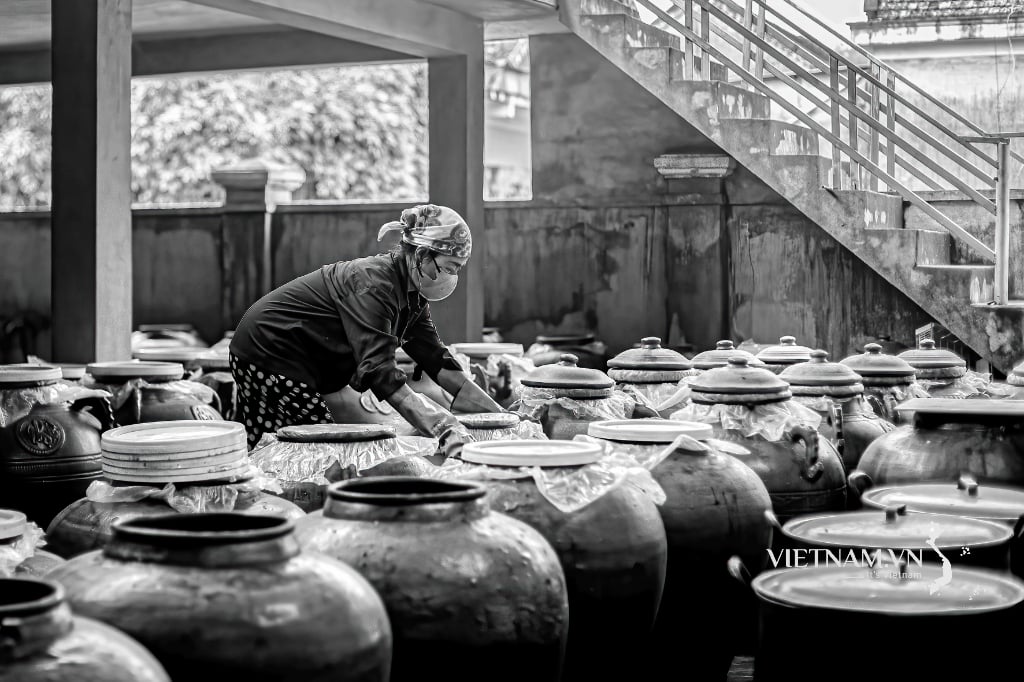
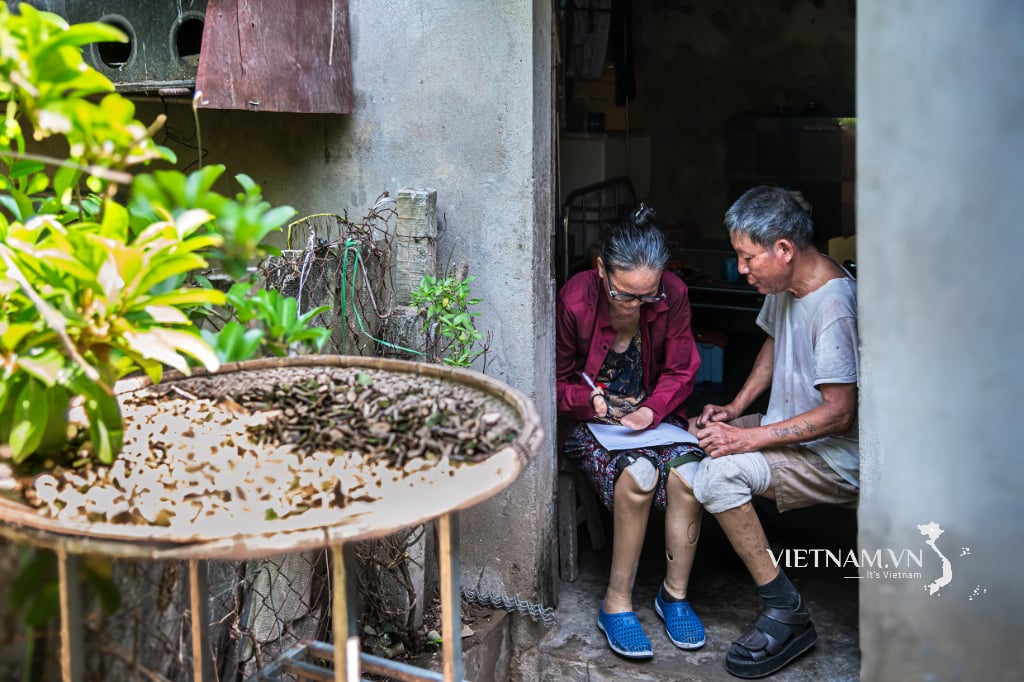
Comment (0)